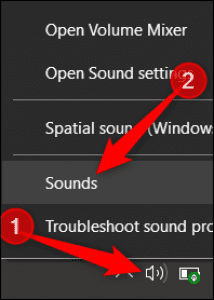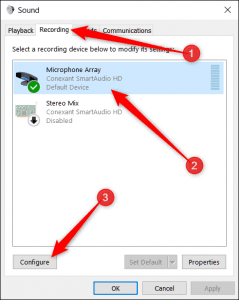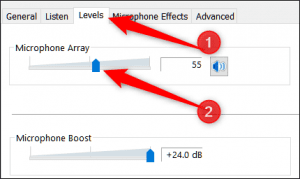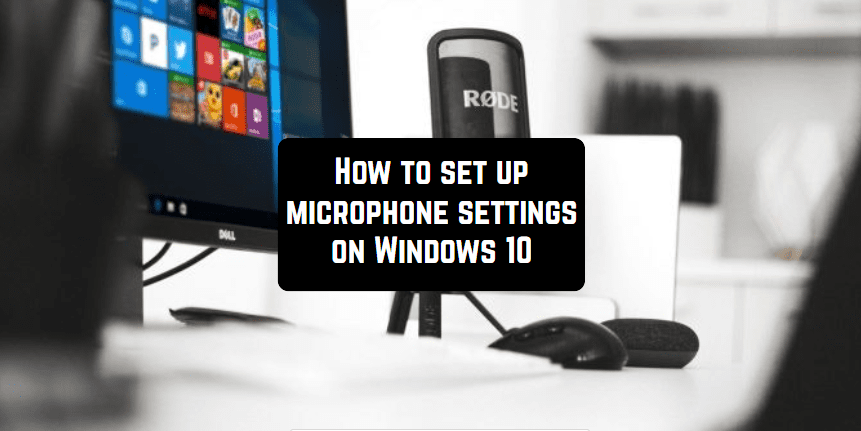Windows is an operating system that is still dominant on the market even after all these years, and more people are familiar with it (also because of the gear at a less price than, for instance, iMac) but even here some issues with mic configurations may occur. What is more, many users have complained about numerous problems that they had with a new Windows 10. Let’s see how we can safely plug in the mic to it.
You may also like: 15 Best Microphones For Computer

Then you click on the sound icon, and there you see a section where all the sound configurations are demonstrated. You will see your speakers, their volume, general volume level, but actually, the first page is not what you need to set up your mic. Click on the “recording” section then close the tab. Then open the sound configuration from the lower right corner of the screen and you will see, that the mic is actually working (it is supposed to).

With a more professional microphone, that can be built in your sound card, you will need to click on another icon of the microphone. You will find it among other icons, click on it, choose “properties” and there you have your configurations of the gain and the output. You can also get a specific kind of sound with these settings. So in case you are using a traditional microphone, not a USB one, then you need to kick the microphone boost up. It is going to give you the gain that you need.
Another essential issue is microphone drivers. For the correct work of the mic, you need a proper driver. They must match your soundcard possibilities. Unfortunately, in most Microsoft systems the cards are too weak either inappropriate. The best advice is to turn to your manufacturer who made your system. For example, if you have an HP PC it means you go to the HP website, and even if it happens that they say they can’t do anything about that, then you need to find out the manufacturer of your sound card and then go to the manufacturer of it.

Then it will open the following sections, where you will probably see the name of your sound card’s manufacturer. So for instance, if you see the name “Real Teach High-Definition Audio” – then you need to go to their website and ask them about the upgrade or download drivers from them. The drivers by the original manufacturer are always gonna be better than Microsoft drivers.

Another useful thing to do is to go again to the hardware and sound and see the icons of devices that you don’t actually use. Click on them with the right button of your mouse and choose “disable”. Otherwise, it is only going to give you a headache later on down the line. These are the real basics you need to know to get your microphone to work using Windows 10.
You may also like: How to set up your microphone for streaming on Youtube & Twitch

